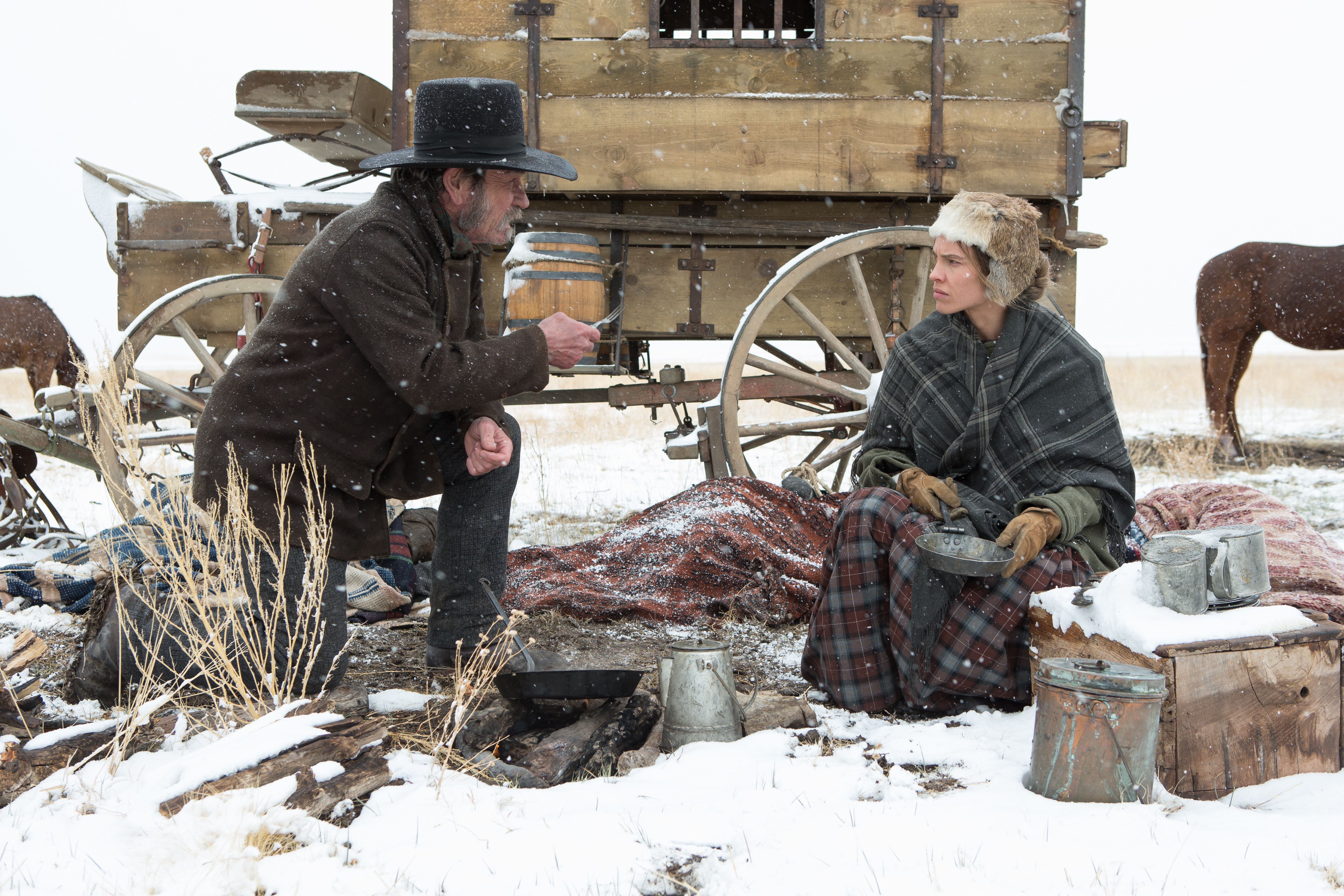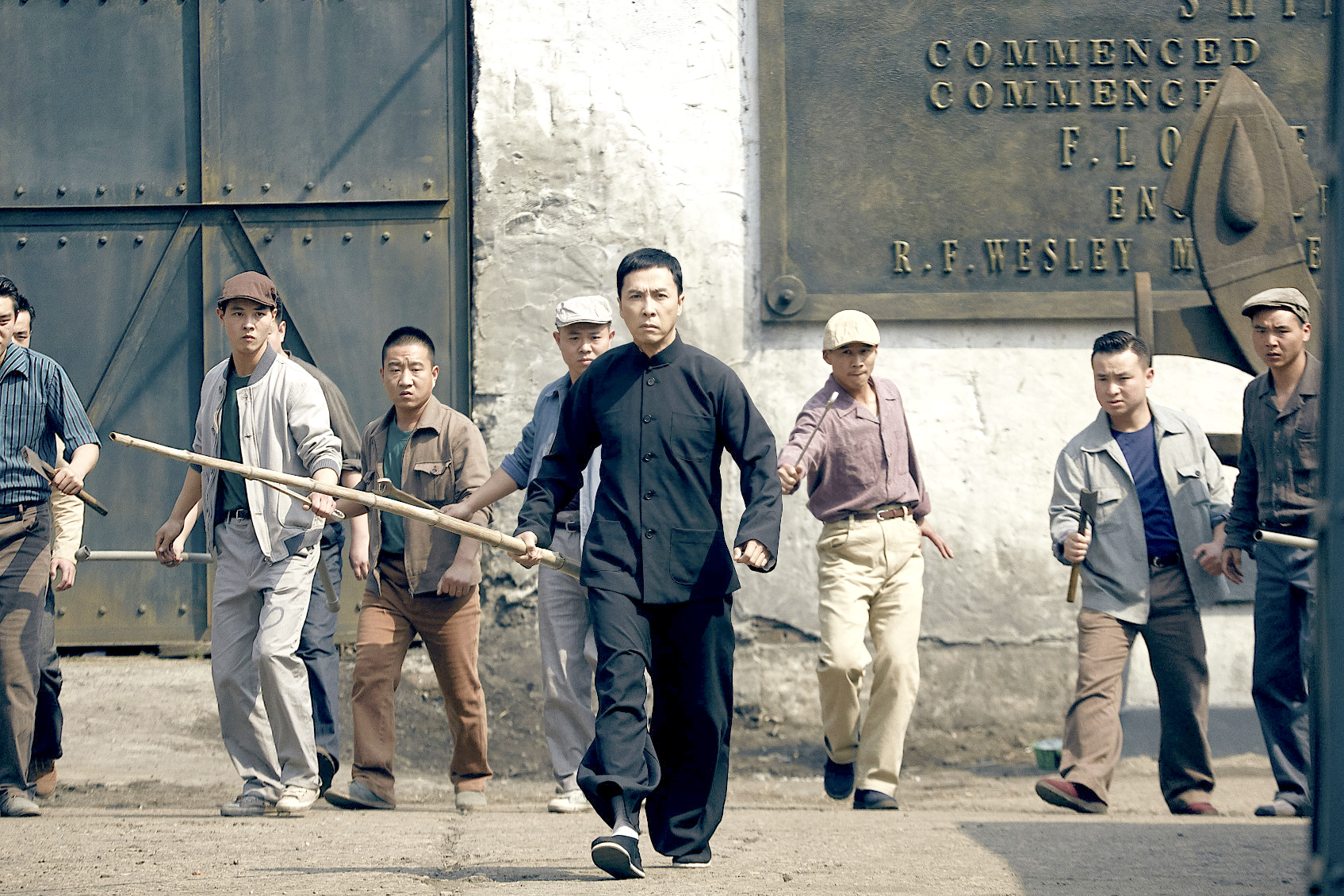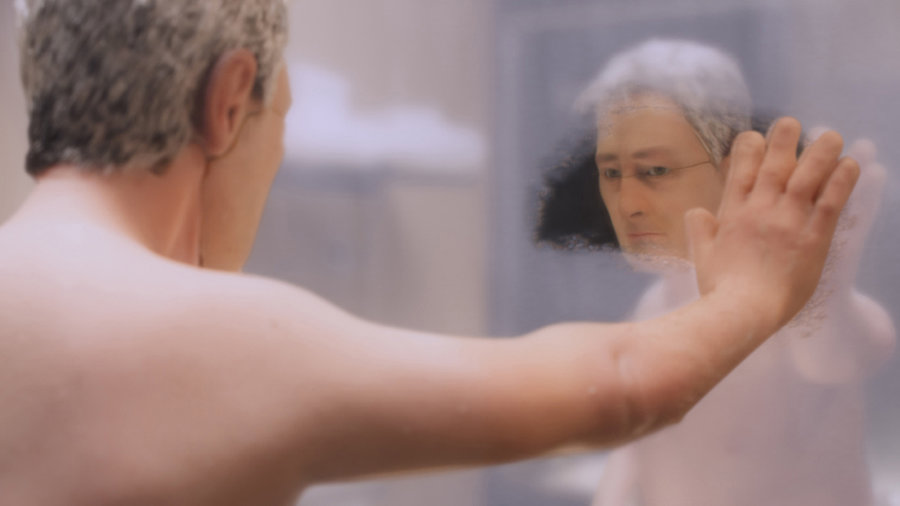The Homesman
Opens Wed., Nov. 26 at Sundance & Fri. at Pacific Place. Rated R. 122 minutes.
Tommy Lee Jones, as actor and director, clearly cares a lot about the Western. Is there an audience that cares with him? The once-dominant genre has declined so steeply since the 1970s that each new one is an event, and Jones has become one of the few people still riding herd on the form. (Though ailing at the movies, the myth of the West is alive and well in American politics, currently full of gun-totin’, hog-castratin’ candidates.) The Homesman is so good it makes you wish Jones could somehow make a Western a year, just to keep exploring the pockets of American frontier experience that still need filling in. This one offers a series of new wrinkles, beginning with its route: The story goes from west to east, the opposite of most Westerns.
A Nebraska “spinster” by the name of Mary Bee Cuddy (Hilary Swank, a fine and precise performance) volunteers to lead some strange cargo back to Iowa during the 1850s. Three women in her community have been driven mad by the prairie and their men, or at least they have become no longer socially acceptable. They must be taken to an institution, a trip of five weeks. Claim-jumper and full-time scalawag George Briggs (Jones) will accompany Mary on her grim job. Because it’s a journey movie, the structure is episodic, and we meet a variety of types along the way, played by distinctive actors such as Tim Blake Nelson, James Spader, Hailee Steinfeld, Barry Corbin, and no less than Meryl Streep. The setup suggests the potential for showing the West from the female characters’ perspective, which isn’t entirely the case, although the story does depict the unfairness of frontier life for women. (Jones helped adapt the 1988 novel by Glendon Swarthout, author of The Shootist, another anomalous late Western.) The real subject is the West itself—the brutality of it and the price paid for settling it.
Jones has made a curious film of all this. There are strange shifts in tone, and the three madwomen (Miranda Otto, Sonja Richter, and Grace Gummer—Streep’s daughter) remain unknowable. But The Homesman is haunting. Mary Bee Cuddy and George Briggs—we know all along it’s not his real name—are complicated people. The final sequence is especially mysterious, as Briggs recedes into the dark, heading back to the West because he might as well keep moving. His drifter might seem like a familiar character from the myth of the West, a minor figure in a dime novel or a folk ballad, but he’s seen too much to buy into all that. So, it seems, has Tommy Lee Jones.
film@seattleweekly.com







